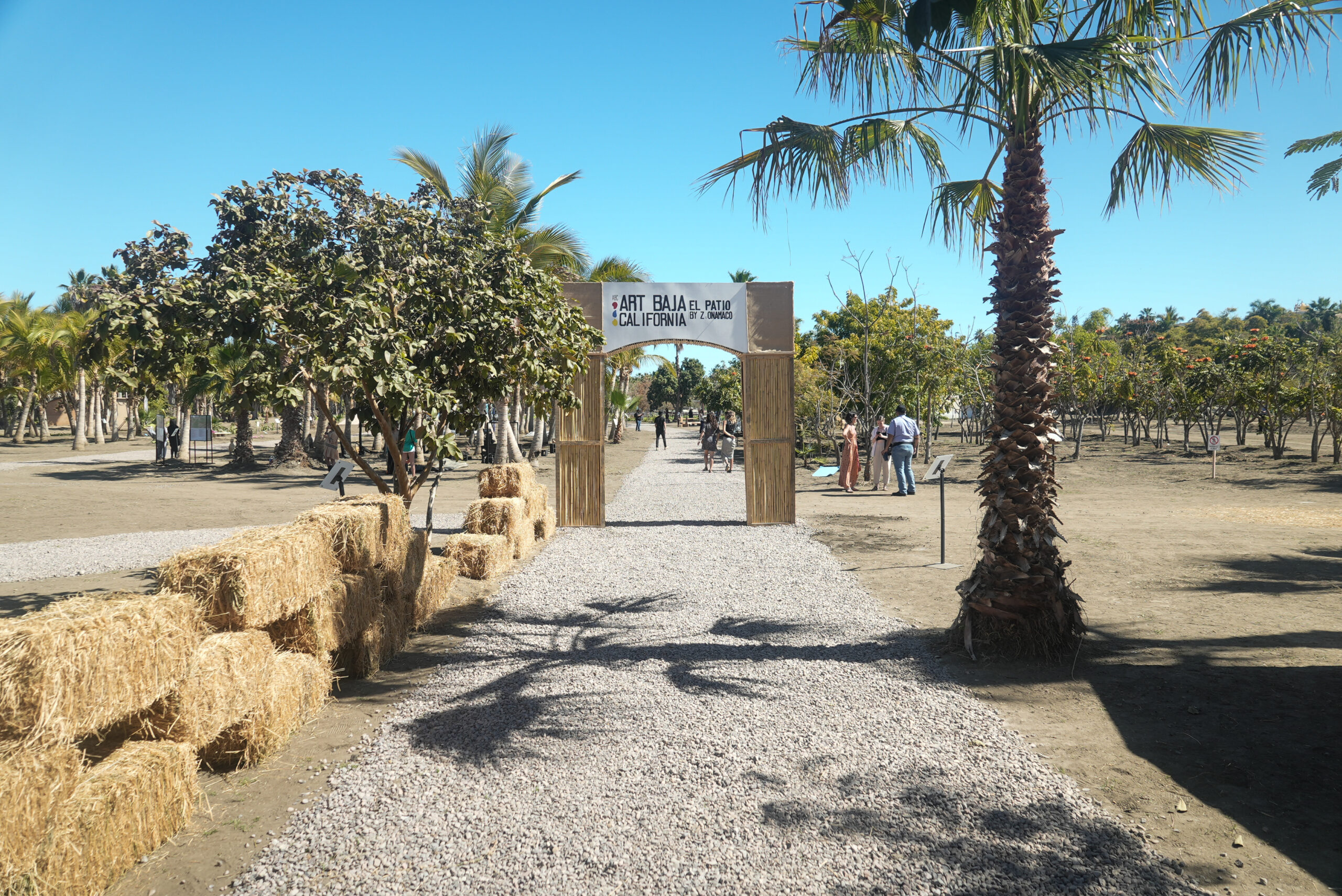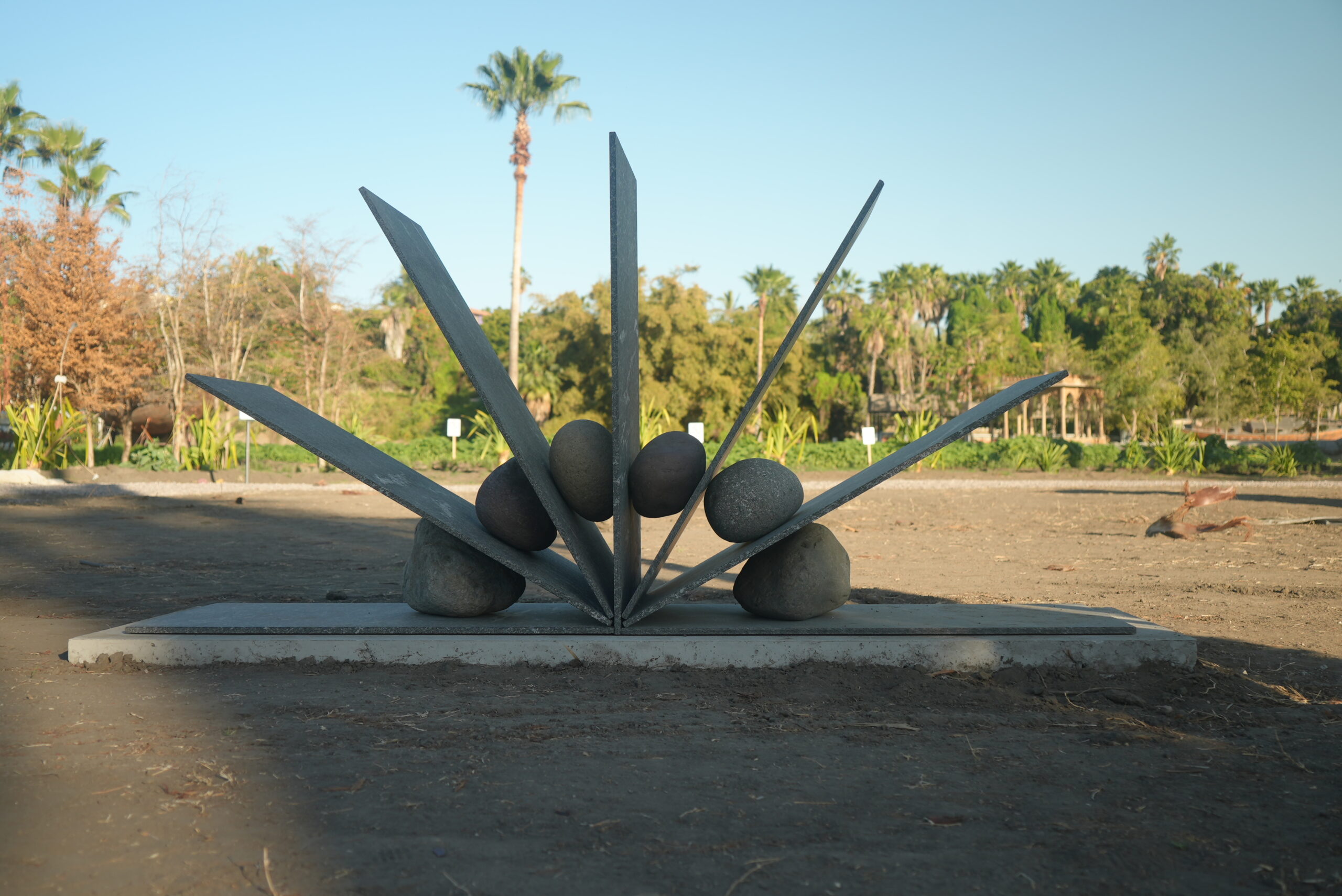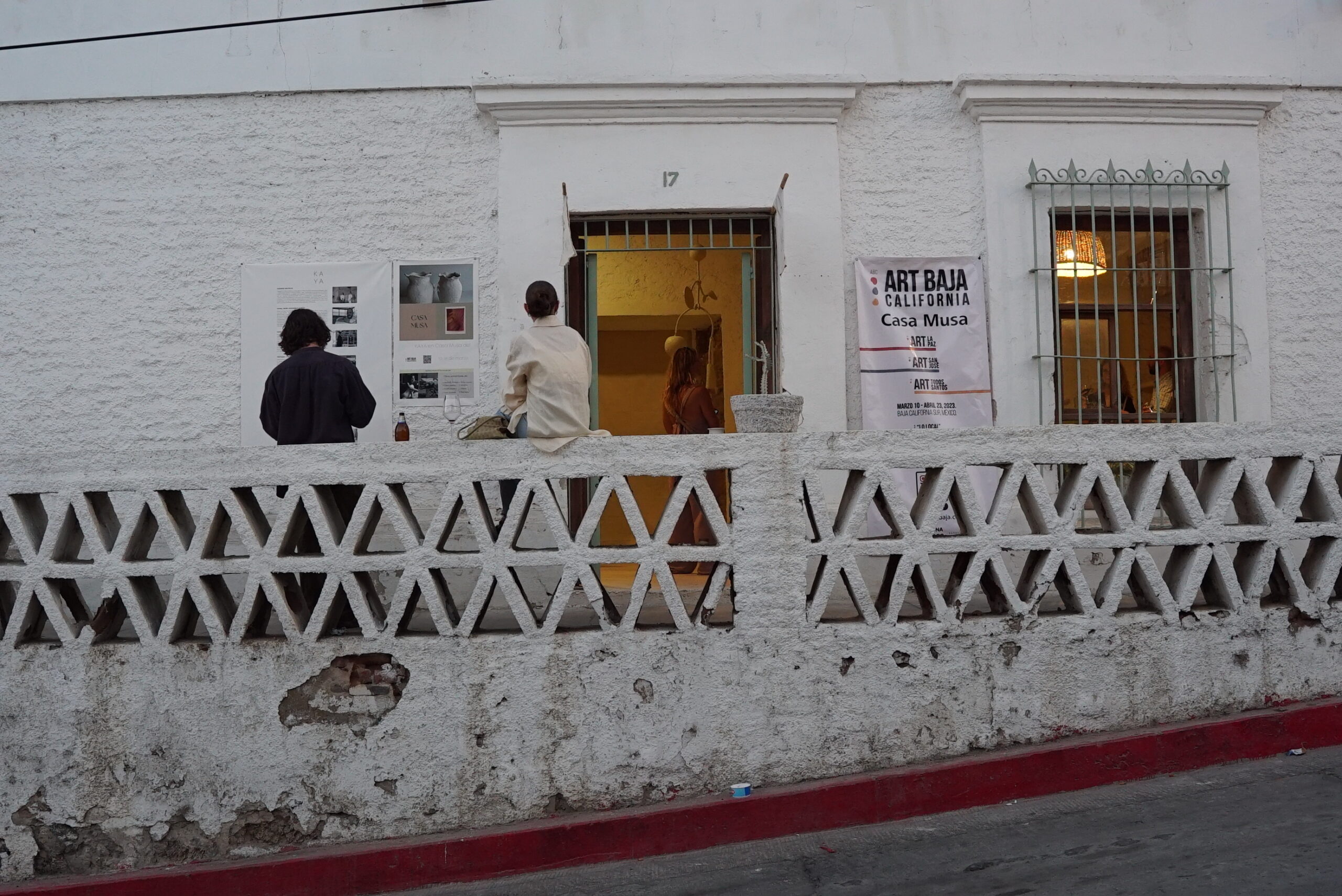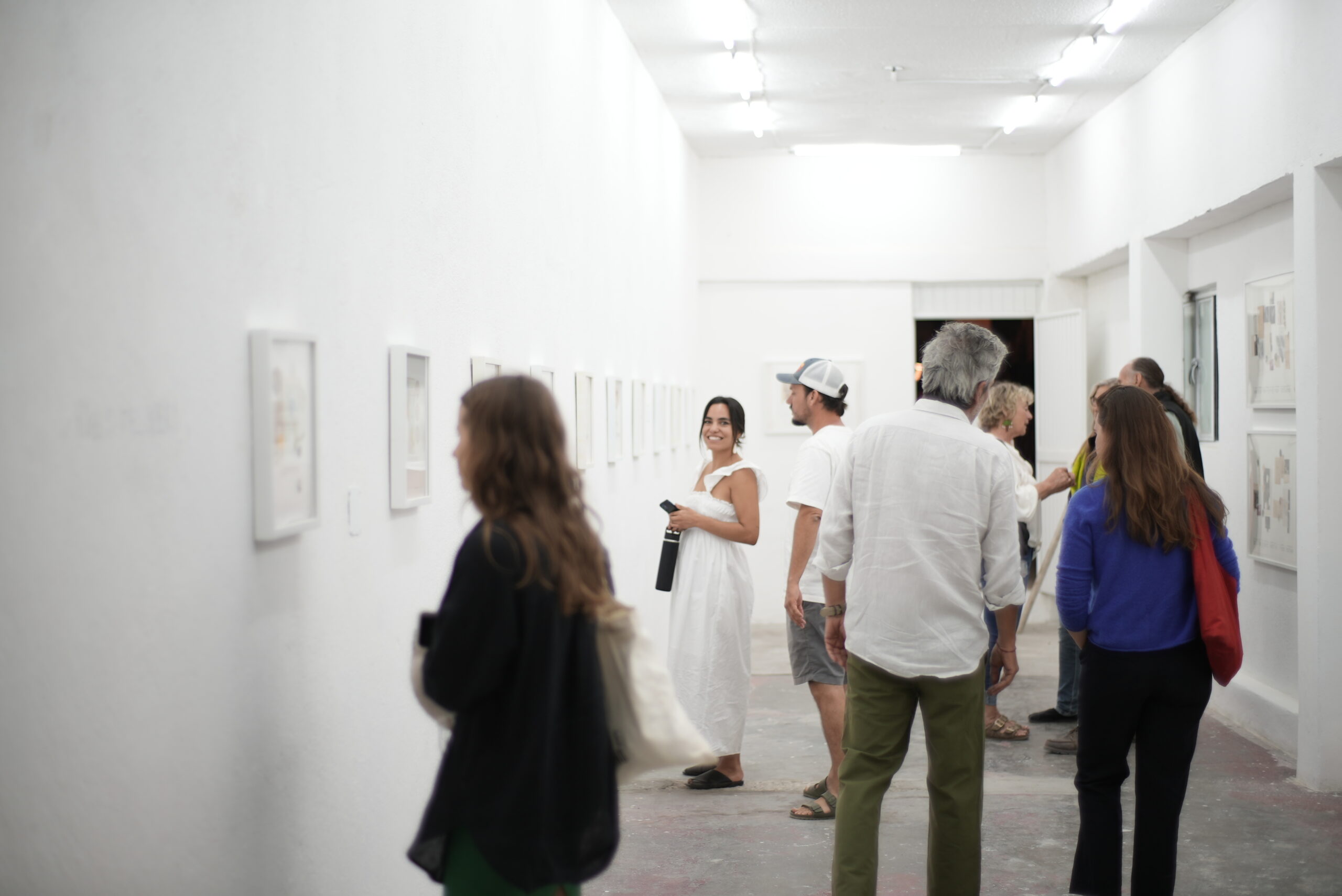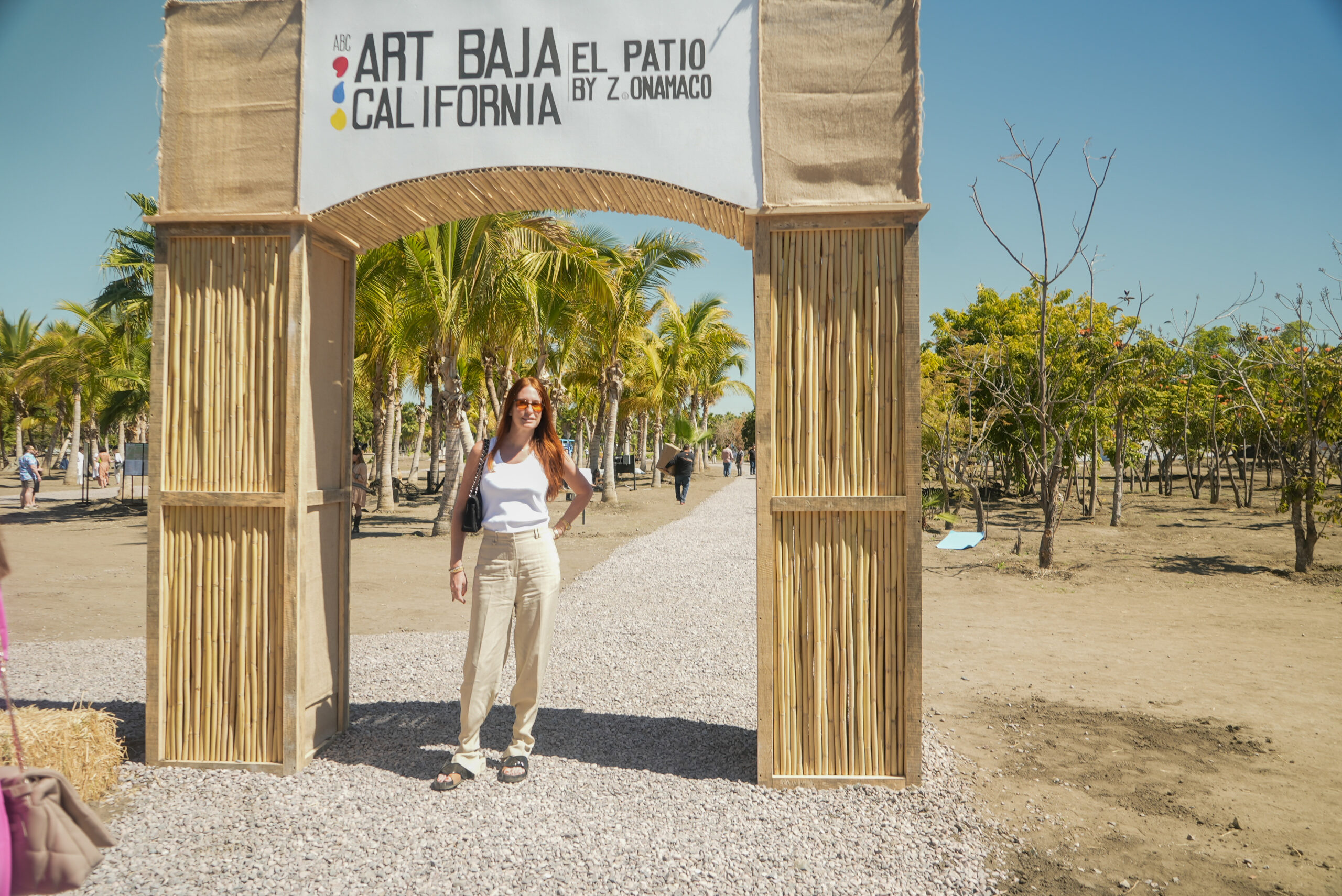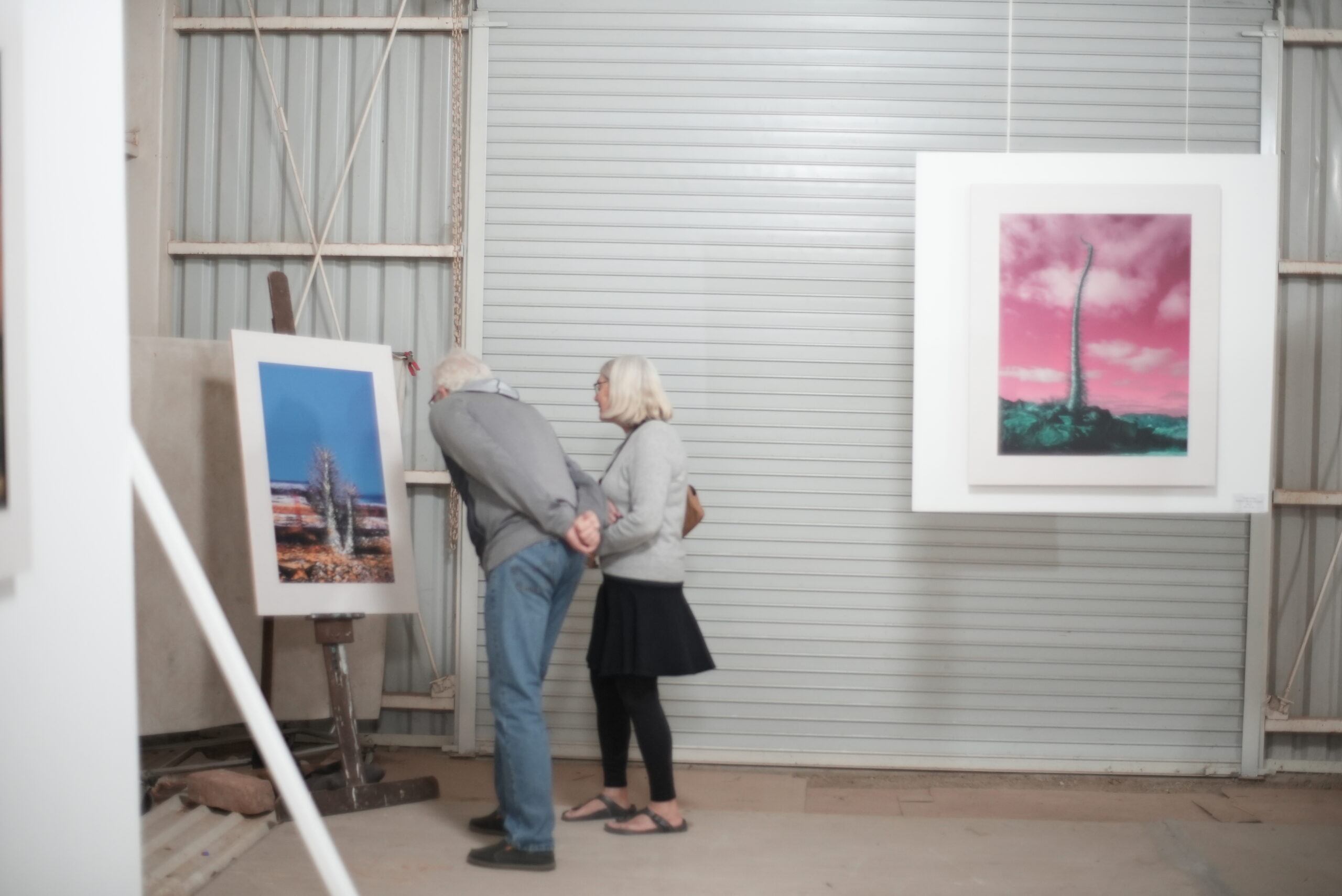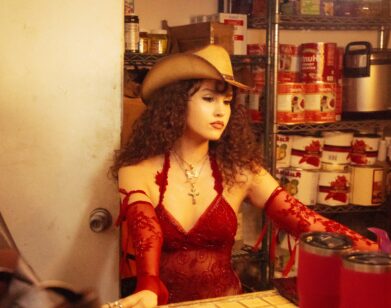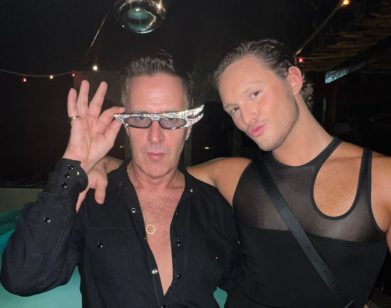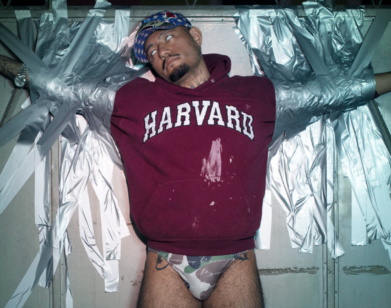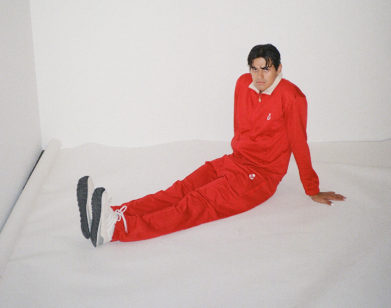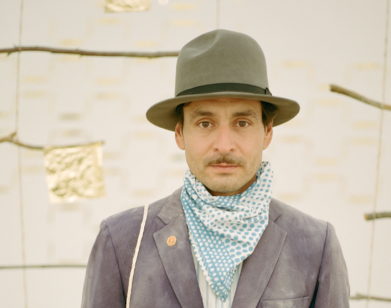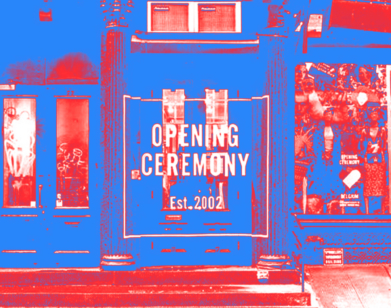ARTE
Zelika Garcia and Paola Castelo on Mexico’s Booming Arts Scene
In recent years, Mexico City has risen in the ranks of the art world, not only as a hotbed of museums and galleries but a place where art sells for big money. But for two Mexican women—Zelika Garcia and Paola Castelo—the country’s recognition as a power player in the art scene is long overdue. Garcia, the founder of ZsONAMACO, Latin America’s most important art gathering, and Castelo, the founder of Vuelta Sur, an online platform dedicated to preserving and amplifying Mexican culture through art, are part of a wave of Mexican movers and shakers pioneering the country’s global rebranding. “A lot of people were scared of Mexico City because of the news, or whatever,” says Castelo, but the pair took it upon themselves to kickstart the first edition of ABC Art Baja California, a new 5-week “cultural fair” for Mexican and international artists taking place in Baja California Sur this Spring. When Garcia, from Mexico, and Castelo, in Canada, connected via Zoom a few weeks ago, the pair touched on the country’s booming art scene, the importance of being a Mexican woman in today’s world, and why foreigners must respect local communities if they wish to enjoy and exploit them.
———
ZELIKA GARCIA: I think it’s a superpower, don’t you think Paola?
PAOLA CASTELO: Being a woman? I think so, yeah.
GARCIA: And being Mexican, both. [Laughs]
CASTELO: Exactly. I think especially right now, Mexico is shining so much in the art world. I mean, you are the pioneer—22 years and counting.
GARCIA: Yes, but I think sometimes people take being a Mexican woman and being, in a way, a minority as something bad. I think it’s something totally positive. I use it the other way around. I’m not sure if you do, but for people, especially 22 years ago, being Mexican was like, “Oh, how are you going to do a fair in Mexico? Nobody buys in Mexico. People only go to vacation or to the beach.” Through the years it’s been a super plus for us because we’re different. Going to a fair anywhere in the world might be similar in some countries, but for Mexico, I think it’s totally different because we have, first of all, many local galleries that cannot travel to other fairs around the world because of budget or because of different circumstances. So we have the privilege that there are some galleries you can only see in Zonamaco and in Mexico. If you’re traveling all the way to Mexico, you can go to the beach, as many of you did after or before the fair, or go to Oaxaca.
CASTELO: Exactly. Mexico is having such a renaissance of art right now. It changed so much when the pandemic happened, and it was, at least in North America, the only country that was open for everybody to come in, they never closed the borders. A lot of people were scared of Mexico City because of the news, or whatever. People started visiting more and more and realized, “Oh, this is actually great.” The city has changed much because of all the international people living there that are involved in the arts—
GARCIA: Helping collaboration in arts, in restaurants, in design. They found out that there are really good producers and suppliers in Mexico so they can actually produce many of their works there, probably for a much better price than in other countries. It’s not only in the art, we see the art part, but it’s in many different industries outside the creative.
CASTELO: I don’t know if you’ve watched the latest film by Alejandro Iñárritu, se llama “Bardo.”
GARCIA: I haven’t watched it yet, but I know what it’s about.
CASTELO: It’s so funny because it starts with the retelling of the 1800s when the Mexican president sold half of Mexico for $15 million. A great deal. In the movie, he says, “Oh, they’re now going to buy Baja.”
GARCIA: We don’t want to sell it. A lot of Americans live in Baja already. It’s also good for the community.
CASTELO: I think the community appreciates it. It was such a tiny community. Even 10 years ago, it was so small. I remember going and just being like, “Oh my God, what am I going to do here?” So boring.
GARCIA: It’s still small.
CASTELO: It still feels like a small town, a ranch. Everybody knows each other.
GARCIA: That’s what makes it special, I think.
CASTELO: The community is really special. Everyone is so talented—either from the art world or some sort of other industry.
GARCIA: What I love about it is that they protect each other, the environment and the land. I hope it keeps on working like that because it’s such a special place. If they let these huge corporations come in, it won’t be as special as it is now. When we started the project of ABC, of Art Baja California, they were kind of protective and pushed us not to do it. When they understood that what we wanted was to promote and work with the community, and that’s precisely why we don’t do an art fair there—it is a festival and it’s around the three cities. We want projects that agree with the environment, and the community, and that promote local artists. There are many artists, designers, and furniture makers that produce locally. They’re building all these huge houses around Cabo or around Baja and bringing things from the US when they have most of them right there.
CASTELO: That’s why I was so happy to see you bring the festival to Baja, because there’s a market for collectors. I’ve been contacted by so many of them that are interested in getting the furniture from Mexico or getting a custom piece from a Mexican artist. Also, with the fairs, it could be a way to continue educating all the foreigners that are there and saying, “You have to support the people and products that are made here if you’re going to be living here for free.”
GARCIA: Exactly. Especially because there is talent. I’m surprised still by how many galleries, artists, designers, and woodworkers live in Baja. I found this guy, I think his name is Javier, he produces the textiles with grana cochinilla in Todos Santos, Baja California. I never expected to find these traditions there. Now we’re talking about Todos Santos specifically, but everybody that lives there supports and wants it to be a better place. At the same time, they want it to grow in an organic way that is good for the environment, for the land and with the marina. I’m super excited about it. We also want to expand to Tijuana, Mexicali. What brings you here? Why Baja?
CASTELO: I moved to Canada 14 years ago. I studied here, I work and live here. And then there was a point where I was like, “Life’s too short to live in cold for all the rest of my life.” I missed my culture so much. I have roots from the Yaqui indigenous people of Sonora. I grew up being ashamed of being indigenous. You grow up with this shameful thing of like, “Oh, I shouldn’t say that’s my heritage.” Now I’m so proud of it. So I created a platform to show Mexico differently because I was so tired of how it was being represented— the hut, the donkey, et cetera—and how it’s always being made fun of. I had to do it on Instagram because it’s the easiest way to reach an audience. Everyone’s there.
GARCIA: And they don’t have the access.
CASTELO: We’re going to inspire people and also make them feel proud of their heritage, not ashamed of it. Because, being Mexican, you grow up with this inferiority.
GARCIA: Yes.
CASTELO: No more of that. Let’s be proud of our culture. It’s so rich in history. Look at the art movement that’s happening, look at all the foreigners that want to come here. Everything I post is always in English and Spanish because I want to educate the international audience about not only the art movement but also the people that are protecting our culture.
GARCIA: The challenging part, always, is the beginning of a project, because nobody understands what you’re trying to do. In the end, when a few people understood, like Paola or people that own galleries in Cabo or in La Paz or Todos Santos, and they transmitted this to the other locals, then everyone got involved. It took a few key people to transmit this enthusiasm to the rest of the locals, for them to understand that we were just not trying to arrive and get all conquistador. They were saying “Ah, these people from Mexico City, they just want to come and do a fair.” I think for next year we have a waiting list of people that want to be part of it. I think our media alliance happened by chance because we have a friend in common. I think in a way it helped that the three of us were women, right?
CASTELO: For sure. It was great to be all there together and also see so many female artists getting involved. And touching on the movement on the women’s march in Mexico—I’ve been a big supporter. I have so much respect and admiration for all the ones that are out there because the current government throws—
GARCIA: Molotov bombs.
CASTELO: I mean, it’s just unreal. But they’re going to keep going and I think we’re all going to keep going. I think it’s a time to shine for so many women that have been on, at least on that movement, for years.
GARCIA: I have people ask me, Mexican businessman, and it really pisses me off: “And why are they marching?” I’m like, “Precisely because of you asking that question.” It’s really important that we make people aware of the fact that we support other women. I didn’t understand this until recently. I always thought it was a privilege or power to be a woman, but it’s not. I’m finding out this more and more. In our team, we are more women than men.
CASTELO: Same with my team, it’s all women. My team is not as big as yours, Zelika.
GARCIA: Sometimes, it gets a little bit complicated because of the kids and whatever, but as a woman, you understand, and maybe a guy wouldn’t understand, a woman worker that needs to go to school and pick up the kids.
CASTELO: I think it’s admirable that so many [of us] are coming together to try to take action to create some systemic change.

